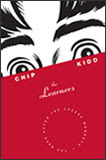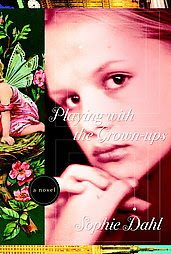“I once set fire to the woods . . .”
Ever since reading these words I cannot get them out of my mind. These are words of Henry David Thoreau, and author John Pipkin uses this1850 entry in Thoreau’s journal as inspiration for his debut novel Woodsburner.
Taking off from Thoreau’s explanation in his journal of how he accidentally set fire to the woods while trying to cook up some fish chowder, Pipkin imagines how this 300 acre fire affected the villagers in the surrounding area. The characters are unforgettable: the Norwegian farmhand named Oddmund who dearly longs for his employer’s wife but can only admire her undergarments on the clothesline; the bookstore owner and desperately aspiring playwright named Eliot who is constantly noting pithy statements at any point during the day; Caleb, the fire and brimstone preacher and opium addict.
There are other equally memorable characters in the novel, and all are affected greatly by the fire including Henry David Thoreau. Like many of us, you might have dozed a little while attempting to read Walden for your American Literature class in college. Although Pipkin’s novel revolves around an event in Thoreau’s life, trust me you will not be dozing. Miraculously, I immediately went to the bookshelf in Lemuria to search for Thoreau’s journal writing to find the actual full account of the fire, to look for maps that would show where Fair Haven Hill is located, to reconsider this odd man who, with his father, created some of the finest pencils in the United States at that time.
Pipkin skillfully develops the characters chapter by chapter with increasing complexity, employing all to illustrate the “Young America” of the 1850s while suddenly and refreshingly showing Thoreau to be a fascinating individual worthy of reconsideration.
Can you tell that I loved this book?
“I once set fire to the woods . . . It was a glorious spectacle, and I was the only one there to enjoy it.”
The Journal of Henry David Thoreau, June, 1850
Really? What kind of person would make such a statement? Pick up your copy of Woodsburner April 28 at Lemuria.
We are honored to have John Pipkin for a signing and reading at Lemuria on Tuesday, May 12 at 5 p.m. We are also pleased to have Woodsburner as our First Editions Club pick for April.
Check out www.walden.org (The Thoreau Institute) for all of the works of Henry David Thoreau, beautiful photographs of Walden taken during Thoreau’s lifetime, information about conservation projects in Walden Woods, and curious photographs of the Thoreau pencil. (All photos included in this blog are from the archives at www.walden.org.)
Also, www.johnpipkin.com has an author bio and reviews of Woodsburner.
View from Fair Haven Hill: Thoreau witnessed the “glorious spectacle” from the top of Fair Haven Hill.


























